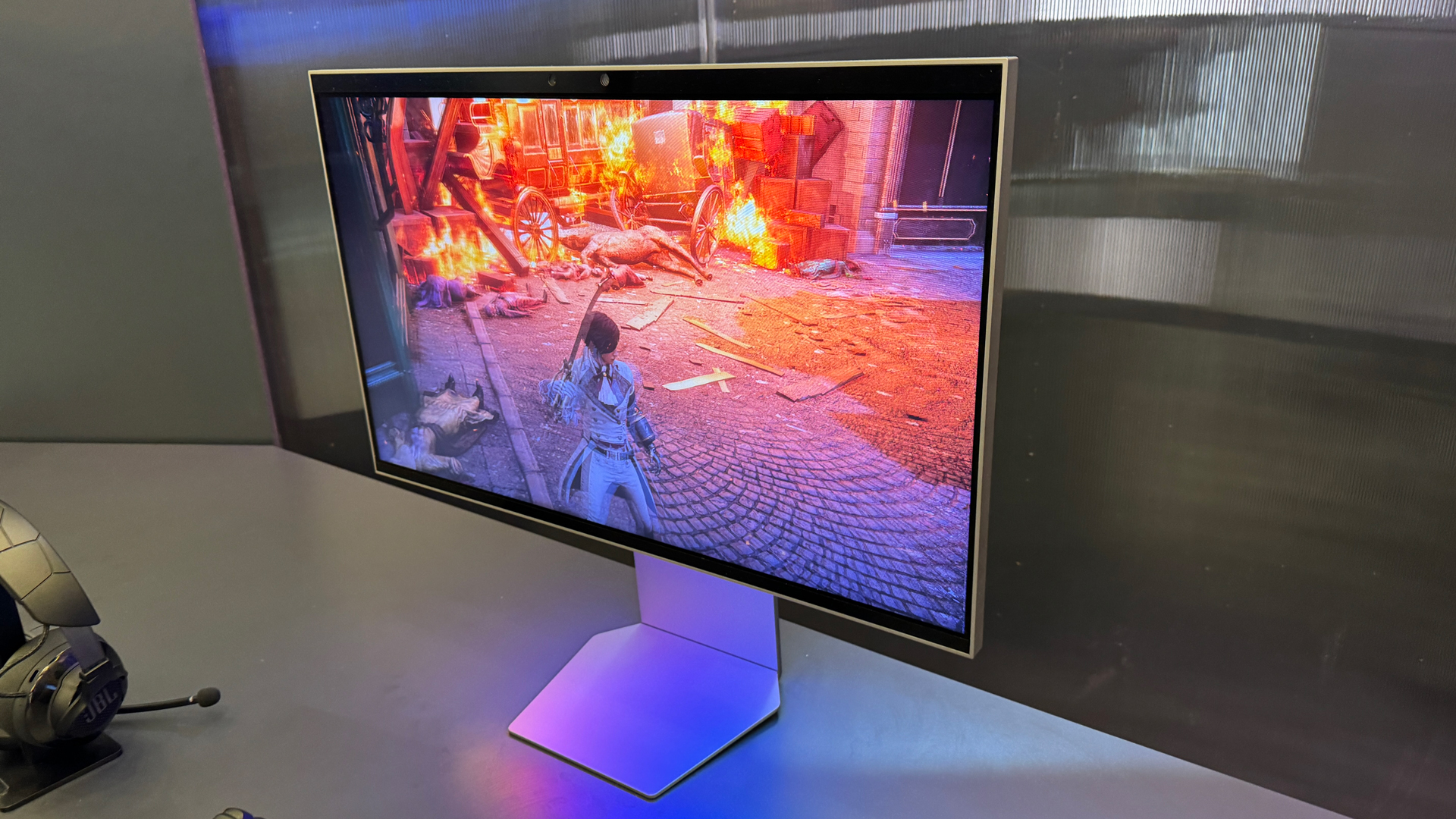Samsung has recently introduced its groundbreaking Odyssey 3D gaming monitor, which offers a glasses-free 3D viewing experience. This innovative product was unveiled at Gamescom 2024, the world's largest gaming exhibition held in Cologne, Germany, from August 21 to 25.
Key Features of the Odyssey 3D Monitor
-
Glasses-Free 3D Technology: The Odyssey 3D monitor utilizes advanced Light Field Display (LFD) technology, which employs a lenticular lens to convert 2D content into 3D. This allows users to experience lifelike 3D images without the need for special glasses .
-
Eye-Tracking and View Mapping: The monitor is equipped with eye-tracking technology that enhances the 3D effect by adjusting the display based on the viewer's position. This ensures a more immersive and personalized gaming experience .
-
Multiple Screen Sizes: Samsung's Odyssey 3D series offers monitors in various sizes, including 27 and 37 inches, catering to different user preferences and setups .
-
Compatibility with 2D Content: The monitor is designed to convert 2D visuals into 3D, making it compatible with a wide range of existing games and media. This feature broadens the scope of content that can be enjoyed in 3D .
Impact on Gaming and Display Technology
The introduction of the Odyssey 3D monitor marks a significant advancement in display technology, particularly in the gaming industry. By eliminating the need for 3D glasses, Samsung has addressed a common barrier to 3D adoption, potentially paving the way for more widespread use of 3D displays in both gaming and other media applications.
The Odyssey 3D monitor's ability to convert 2D content into 3D also means that users can enjoy a vast library of existing games and media in a new and immersive way, without waiting for native 3D content to be developed.
Conclusion
Samsung's Odyssey 3D gaming monitor represents a major leap forward in display technology, offering a glasses-free 3D experience that could revolutionize the way we interact with digital content. As this technology continues to evolve, it may lead to further innovations in how we consume and enjoy media across various platforms.
For more detailed information, you can visit the original articles here, here, and here.



